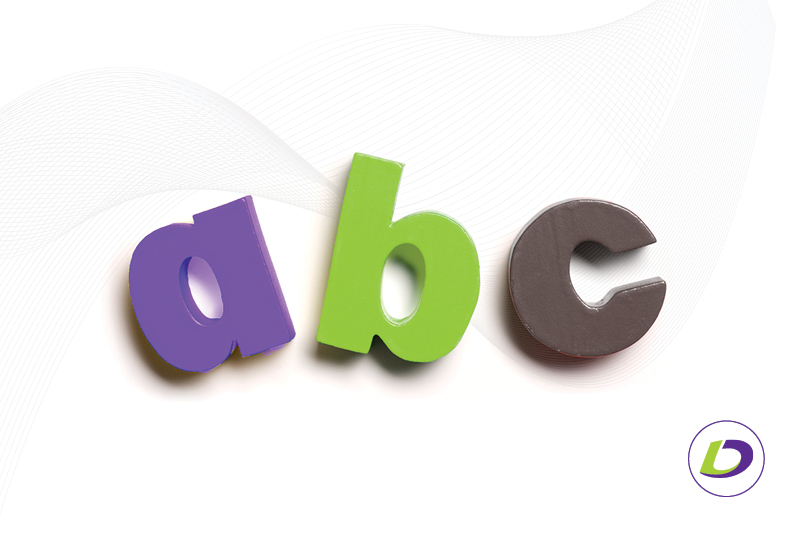
Since buying a home is most likely the biggest purchase you’ll ever make, being able to speak a mortgage banker’s language will help you navigate the process and avoid costly mistakes. Here are some of the most common mortgage acronyms that professionals suggest you learn:
APR (Annual Percentage Rate): APR is the interest rate on your mortgage expressed as an annual rate. Also known as the effective interest rate, the APR is a simplified explanation of how much interest a borrower will pay on a loan. APR is intended to make it easier to compare lenders and loan options.
ARM (Adjustable-Rate Mortgage): No, it isn’t a body appendage. Different from fixed-rate loans in which the payment and interest rate remain the same for the life of the loan, ARMs can change. The interest rate on an ARM is typically fixed for a short period of time (three to 10 years) before it starts to adjust. At that point, the rate and payment are calculated based on current rates. It’s paramount to your financial security to know how and when an ARM will change your monthly payment.
DTI (Debt-to-Income ratio): Your DTI is the percentage of your monthly income that goes toward paying bills such as credit cards, student loans and other debts. Most lenders require your DTI, including your new mortgage payment, to be below 55 percent.
ECOA (Equal Credit Opportunity Act): This federal law ensures that mortgage lenders do not discriminate against potential borrowers based on race, color, religion, national origin, age, sex, marital status or receipt of income from public assistance programs.
FHA (Federal Housing Administration): The FHA is a government body and division of the Department of Housing and Urban Development (HUD) that insures lenders in high-risk lending scenarios. FHA doesn’t lend money directly, but acts as an insurance policy, allowing borrowers to put less than 20 percent down on a home mortgage.
GFE (Good Faith Estimate): This is a vital document that outlines everything you need to know about your loan, including loan type, amount, interest rate and various other fees such as appraisal and closing costs. Lenders are required by law to provide a GFE, which also outlines other loan costs such as credit report fees and title and escrow fees.
HELOC (Home Equity Line of Credit): This is a line of credit drawn against the equity in your home.
LOX (Letter of Explanation): No, it’s not a delicious delicacy that goes well with cream cheese and bagels. These are short letters that explain any negative information that may appear on your credit history or loan application, such as your rental history, explanation of late payments, or why your income changed.
LTV (Loan-to-Value ratio): This is the difference between the market value of your home and the amount of the mortgage. It’s calculated by dividing the loan amount by the purchase or market price. Most lenders require an LTV of 80 percent but offer special programs for borrowers who need a higher LTV.
MIP (Mortgage Insurance Premium): Also called PMI (private mortgage insurance), MIP is a fee included in your monthly payment to insure lenders who fund loans with an LTV greater than 80 percent.
PITI (Principal, Interest, Taxes and Insurance): It’s not that seemingly condescending sympathy you receive in times of distress. Instead, PITI is a type of mortgage payment that includes principal, interest, taxes and insurance all in one payment.
RESPA (Real Estate Settlement Procedures Act): This act requires that a lender provide you with certain disclosures, such as the GFE, as specific times during the loan process.
TIL (Truth in Lending Act): These are statements issued with the GFE that includes the information consumers need to properly compare mortgage offers. For example, the cost of lending must be expressed in dollars and as an annual percentage rate.
RELATED TOPICS
Homebuying: Tips for a smooth closing
How a borrower's interest rate is determined
FHA home loans get even more attractive
Glossary of mortgage terminology
What not to do when applying for a home loan

